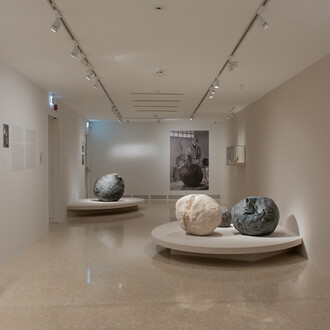From 22 September 2017 to february 2018, Casa dei Tre Oci in Venice will host a large-scale anthological show devoted to Werner Bischof (1916-1954), one of the most important photographers of the twentieth century, and one of the founders of the Magnum Agency.
The show, curated by his son Marco Bischof, is organised by the Fondazione di Venezia and Civita Tre Venezie with the collaboration of Magnum Photos and the Werner Bischof Estate, media partner Radio Monte Carlo. It will present 250 photos, mostly vintage, including Werner Bischof’s most important reportages, and will allow us an overview of the long journeys that led this Swiss artist to the most remote corners of the earth, from India to Japan, Korea, Indochina, and then on to Panama, Chile, and Peru.
For the first time there will be seen a selection of twenty previously unexhibited black and white photos that have Italy as their subject. In them we can discern the originality of the shots which reveal the “neorealist” eye of Werner Bischof.
The exhibition’s itinerary will lead the visitors back to the golden age of photojournalism by following the footsteps of Werner Bischof.
It will be an itinerary that, starting from a Europe that had was still devastated by the Second World War, will continue to India where you will be confronted by a country in the grip of poverty and misery, but where there can already be glimpsed the industrial developments that were to make it become one of the new millennium’s leading nations.
There follows a ruthless comparison of the elements of Japanese traditional culture. The drama of the Korean war then leads on to an analysis of the American continent. In fact, Bischof’s journey continues to American cities, captures metropolitan developments, also with a series of colour photos, and it closes imaginatively with the villages of Peru and the peaks of the Andes where he was to die.
Bischof, considered to be one of the greatest photojournalists, did not restrict himself to recording reality with his lens, but stopped to reflect in front of his subjects in a search to express the dichotomies between industrial development and poverty, business and spirituality, modernity and tradition.
There will also be a section devoted to his landscape and still-life photos made in Switzerland between the mid-1930s and 1940s.















